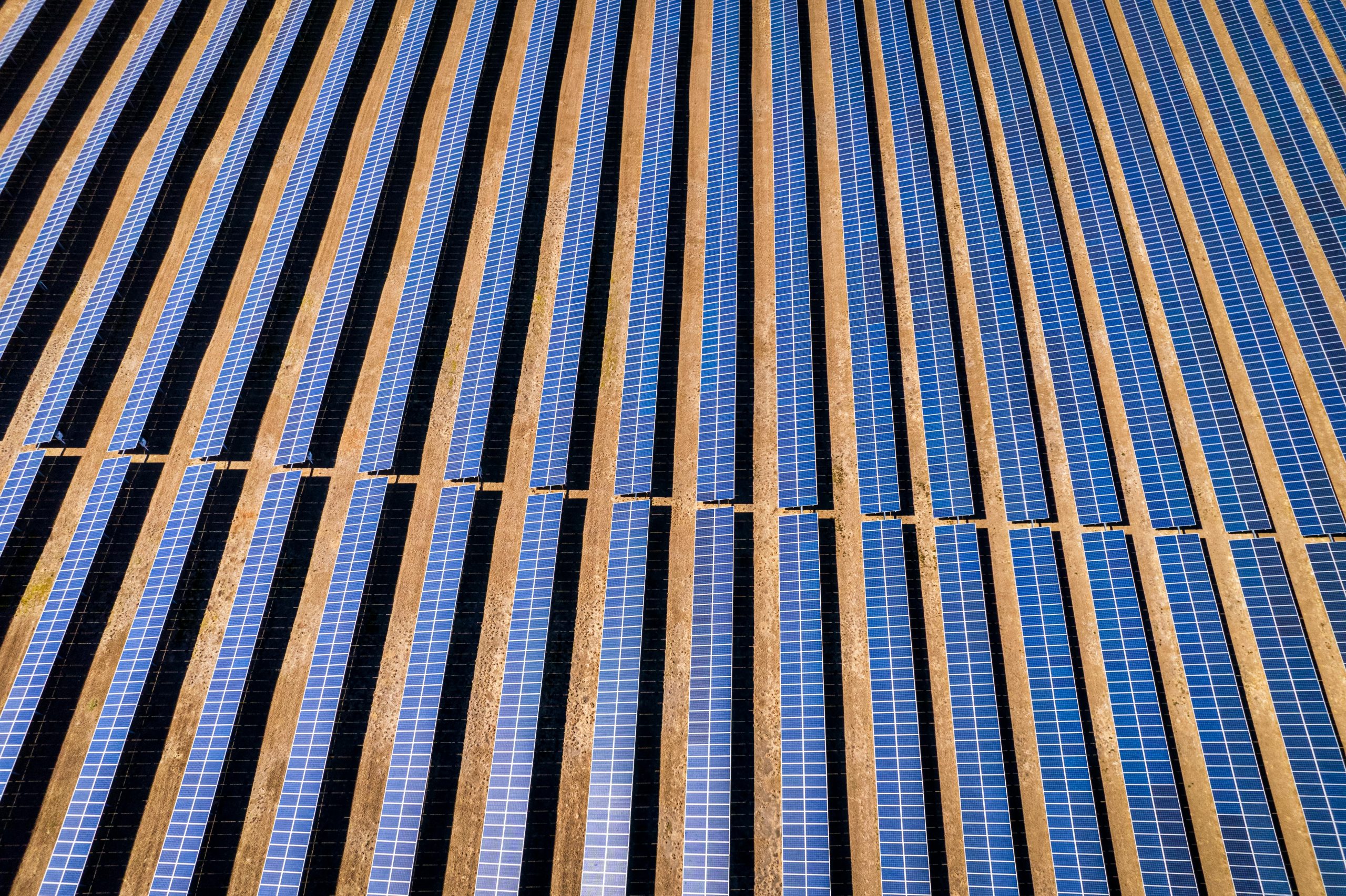The renewable energy sector is undergoing a technological revolution, with new innovations emerging to make clean energy more efficient, scalable, and sustainable. From breakthroughs in solar technology to advancements in energy storage and offshore wind, the latest developments are reshaping how we generate, store, and distribute renewable energy. Here’s a look at the most exciting recent advancements and the challenges that lie ahead.
Perovskite Solar Cells: The Next Big Thing in Solar
One of the most promising innovations in the solar industry is the development of perovskite solar cells, which could dramatically increase the efficiency and affordability of solar power. Unlike traditional silicon-based solar panels, perovskite cells are cheaper to produce and have the potential to reach higher efficiency rates. Companies like Oxford PV are at the forefront of this technology, achieving efficiency rates of over 29%, surpassing traditional silicon panels.
What makes perovskite solar cells so groundbreaking is their flexibility and lightweight nature, allowing them to be integrated into building materials such as windows or facades. However, the challenge with perovskites lies in their stability and durability—current versions degrade more quickly than silicon cells, especially when exposed to moisture and oxygen. Research is ongoing to improve the longevity of these cells and bring them to commercial viability.
Floating Wind Turbines: Harnessing Offshore Potential
The offshore wind industry is evolving rapidly with the advent of floating wind turbines, which can be deployed in deeper waters where traditional fixed-bottom turbines are not feasible. This opens up vast new areas for wind energy generation, particularly off the coasts of Europe and Japan, where ocean depths often limit fixed installations.
Companies like Equinor have launched floating wind farms, such as the Hywind project in Scotland, which is the world’s first commercial floating wind farm. Floating turbines are also being designed to withstand harsher weather conditions, making them more resilient in turbulent seas.
However, the primary challenge is cost. Floating wind farms are still more expensive to develop than traditional offshore wind projects, but as the technology matures and scales, prices are expected to drop, similar to the trend seen in solar and fixed-bottom wind turbines.
Energy Storage Breakthroughs: From Lithium-Ion to Flow Batteries
As renewable energy sources like wind and solar become more widespread, the need for efficient energy storage has become critical. Advances in lithium-ion batteries have been central to this, with improvements in energy density, cost reduction, and safety driving wider adoption in grid-scale storage projects.
However, new technologies are emerging to address the limitations of lithium-ion batteries, such as their reliance on scarce resources like lithium and cobalt. One of the most promising alternatives is flow batteries, which use liquid electrolytes to store energy and are highly scalable for grid applications. Vanadium flow batteries, for example, offer longer lifespans and are safer for large-scale storage.
The challenge with flow batteries is their energy density—they currently take up more space than lithium-ion batteries for the same amount of energy storage. As research progresses, flow batteries could play a key role in stabilizing renewable energy output and supporting the transition to a clean energy grid.
Green Hydrogen: Powering Industry and Heavy Transport
Green hydrogen—hydrogen produced using renewable energy—is gaining momentum as a critical component of the decarbonization strategy, particularly for sectors that are difficult to electrify, such as heavy industry, shipping, and aviation. Electrolysis, the process of splitting water into hydrogen and oxygen using electricity, is becoming more efficient and cost-effective, with innovations like solid oxide electrolyzers promising higher efficiency rates.
Countries like Germany and Japan are investing heavily in hydrogen infrastructure, with pilot projects for hydrogen-powered trains and industrial applications. However, green hydrogen production remains energy-intensive, and the infrastructure for storage and distribution is still in its infancy. To fully realize hydrogen’s potential, the cost of production must be reduced, and a comprehensive hydrogen economy must be developed.
Advanced Geothermal Systems: Unlocking Constant Renewable Power
While geothermal energy has long been part of the renewable energy mix, new developments in enhanced geothermal systems (EGS) are unlocking its potential in areas where traditional geothermal resources are not available. EGS involves drilling deep into the Earth’s crust to access heat and using water to extract energy. Recent advancements in drilling technology and fracturing techniques (similar to those used in oil and gas) are making this a more viable option for renewable energy generation.
In the UK and parts of Europe, geothermal energy is being explored as a constant, baseload source of renewable power that can complement the intermittent nature of solar and wind. However, the high upfront costs of drilling and the need for significant infrastructure investment are major hurdles to wider adoption.
Challenges and the Path Forward
Despite these technological advancements, the renewable energy sector still faces significant challenges. Resource scarcity is a growing concern, especially for critical minerals needed in battery production and wind turbine manufacturing. Supply chain constraints and the geopolitical implications of mineral sourcing are increasingly coming to the forefront of the clean energy transition.
Additionally, while technology is advancing, policy frameworks and investment incentives must keep pace to enable these innovations to scale globally. Countries need to address the regulatory and infrastructural hurdles that could slow down the deployment of renewable technologies.
A Renewable Future Driven by Innovation
The renewable energy landscape is changing at a breakneck pace, with technologies like perovskite solar cells, floating wind turbines, and green hydrogen pushing the boundaries of what’s possible. These innovations are not just improving the efficiency and scalability of renewable power but are also paving the way for a truly sustainable energy future. While challenges around resource access, infrastructure, and cost remain, the continued development of these groundbreaking technologies holds the key to transforming the global energy system.



